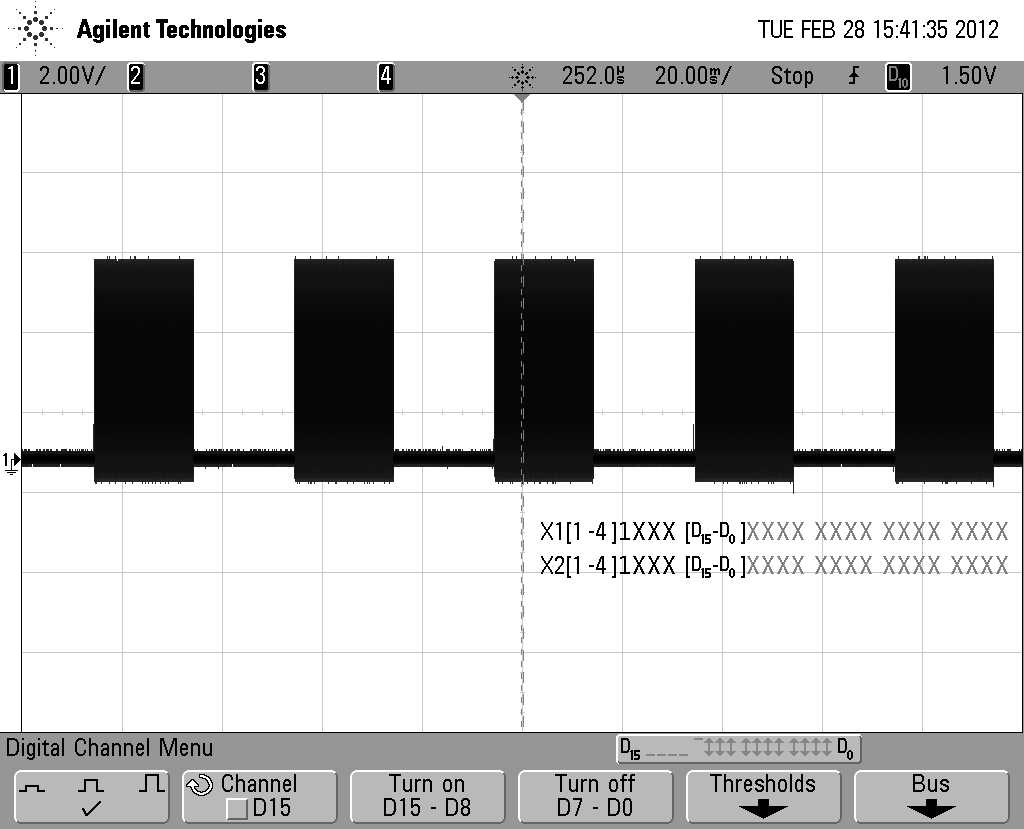Hi,
I was testing the behave of the bit5 in the ChipStatusControl register of the TRF7970A and It didn't changed as I tought.
During normal operation with the TRF7970A operating for the ISO14443A I may change the BIT5 from 0 to 1 or from 1 to 0 without noticing anything on my scope connected to the antenna. The 13,56MHz sine wave is always present.
Should the bit5 switch on and off the output RF field? or Im missing something?
Maybe it stops only the internal trasmitter section?
Thanks!


